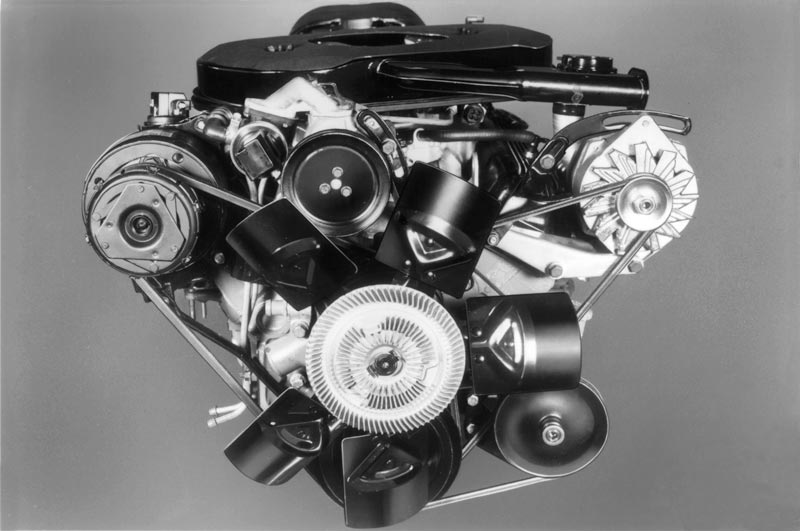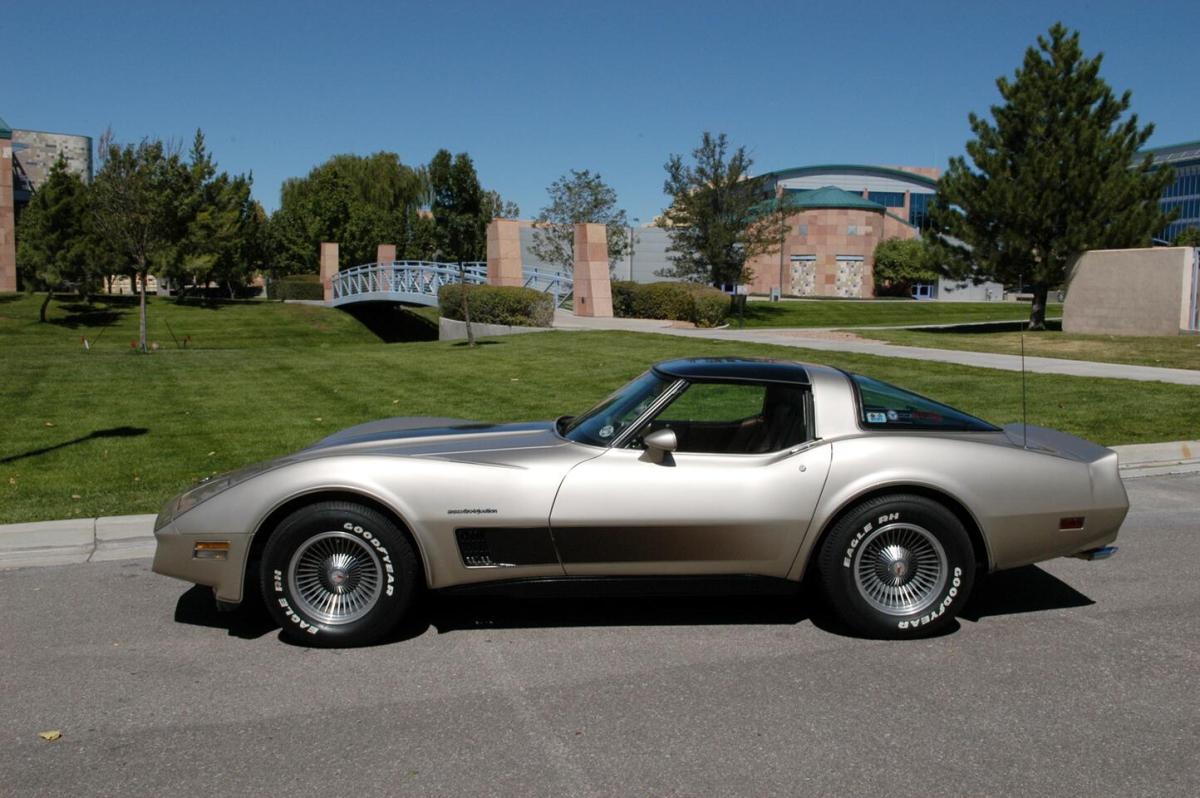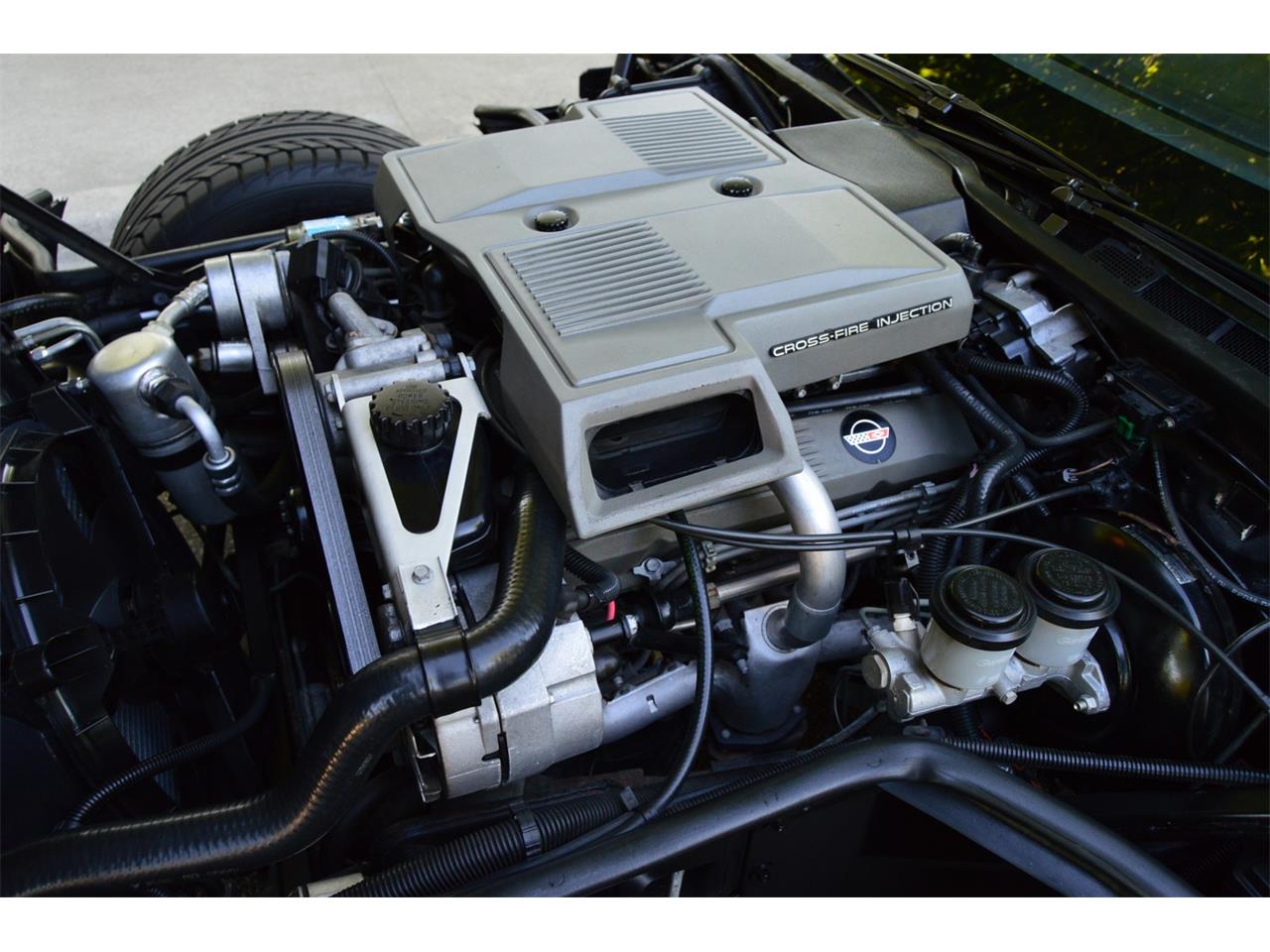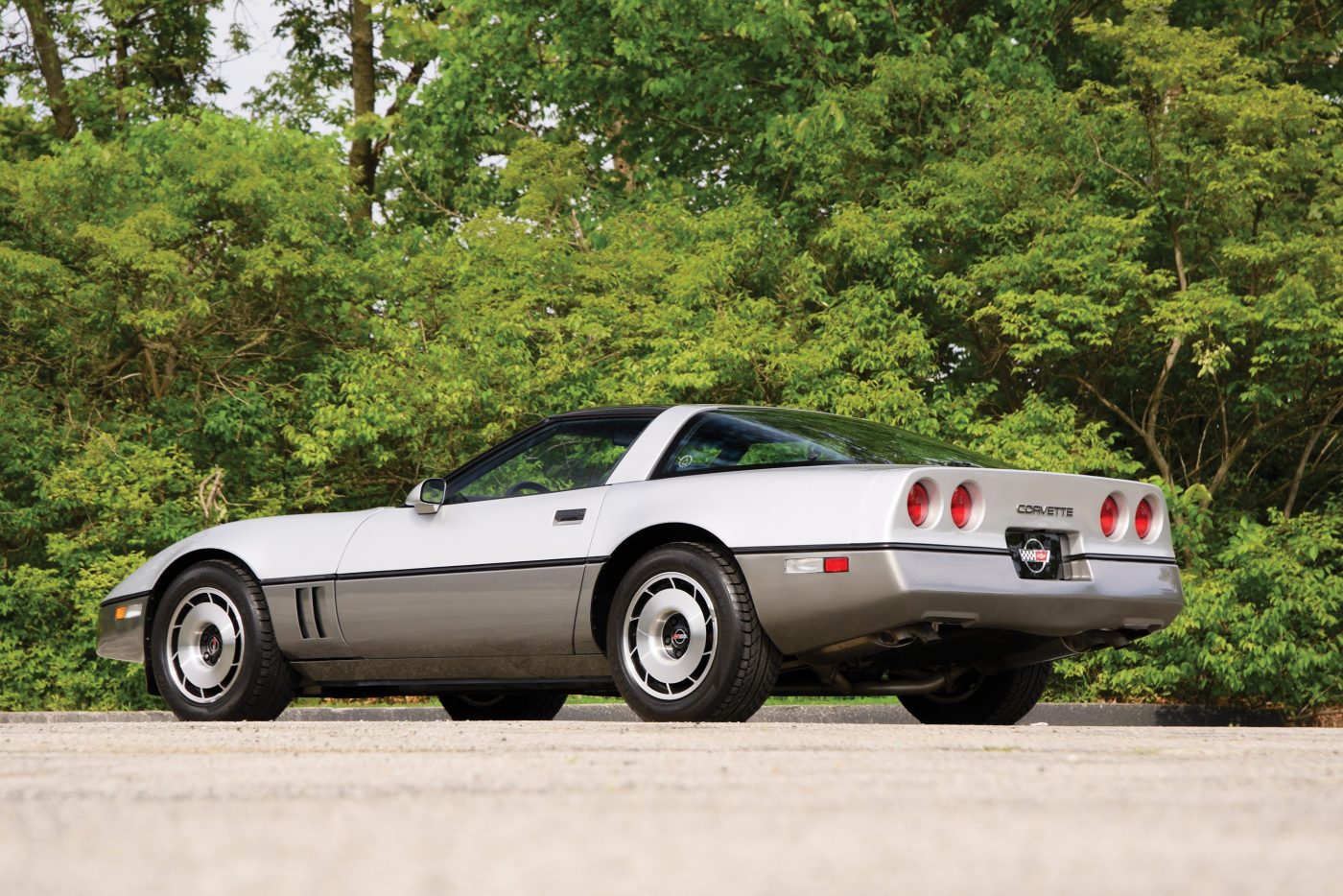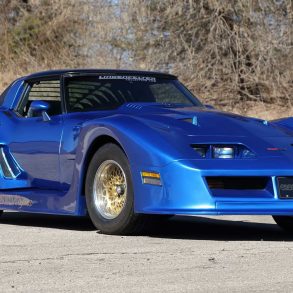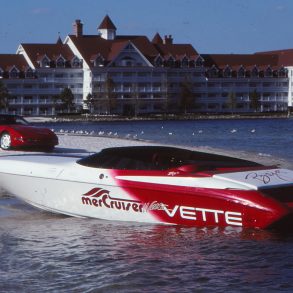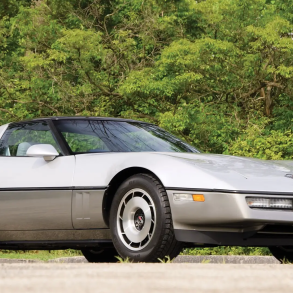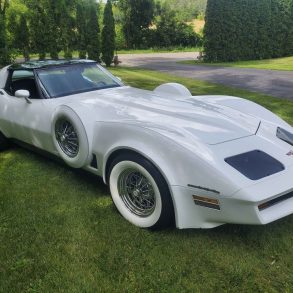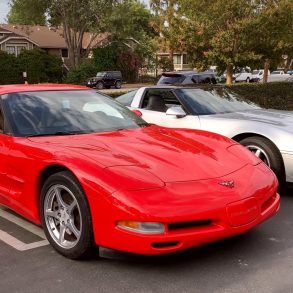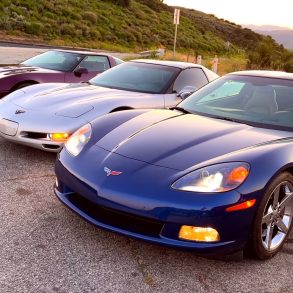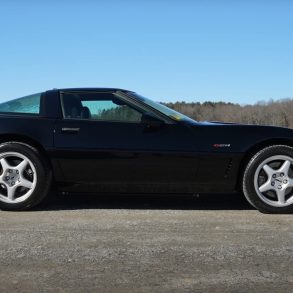Chevrolet L83 Engine Ultimate Guide
Throughout the years, the Corvette has served a testbed of sorts for all that is new and exciting within the realm of GM engine design and development. In the process, the engine bay of America’s iconic sports car has been the home to numerous legendary powerplants, as well as several engines that have received more than their share of criticism.
In the case of GM’s L83, 350 small-block V8, the latter tends to ring true. Offered for only two years (1982, 1984), the L83 featured GM’s newly designed Cross-Fire Fuel Injection system and is often referred to by critics as being one of the most unworthy engines to ever find its way under the Corvette’s hood. However, this begs the question of whether or not the L83 was truly deserving of the mockery which it often received.
The History Of The L83
The late 1970s and early 80s was an ever-changing and often difficult to navigate time for automotive manufacturers. This was never more evident than in the context of performance cars. Rapidly tightening emissions standards and crippling EPA oversight had all but smothered the last of America’s V8 powered performance cars from existence, and those that remained were but a shadow of what they once had been.
The Corvette was no exception to this rule and had essentially fallen into a greatly subdued state by the 1970s. When outfitted with the standard 350 cubic-inch V8, the 1975 Corvette only mustered an abysmal 165 HP, which would be considered unimpressive for even a 4-cylinder sedan by today’s standards.
By the beginning of the 1980s, GM had begun to see the writing on the wall. By this time, GM had started to integrate the use of on-board emissions controls into the Corvette’s powertrain. Beginning in 1981, the Corvette began to employ the use of CCC (Computer Command Control) technology, which monitored the engine’s emissions output, as well as fuel consumption.
Electronically controlled carburetors also became standard operating equipment, in a bid to bolster fuel economy and maintain compliance with the day’s newly implemented CAFE (Corporate Average Fuel Economy) standards. However, as these standards grew increasingly stringent, GM quickly realized that the carbureted fuel-delivery of old would no longer suffice and that the utilization of fuel-injection would be the only viable means of moving forward.
In what would prove to be the Corvette’s first use of a fuel-injected engine since the “Fuelies” of the ’50s and 60s, the decision was made to outfit the 1962 Corvette’s 350 cubic-inch V8 with a TBI (Throttle Body Fuel Injection) system.
This new method of fuel delivery would come to be known as Cross-Fire Fuel Injection, and the engines to which these systems were fitted would be assigned the RPO L83 designation. The Cross-Fire Injection V8 would go on to be the only Corvette engine offered during the 1982 and 1984 mode years, with no Corvette having been officially produced in 1983.
While the introduction of TBI technology to the Corvette’s flagship small-block platform did result in a notable gain in horsepower, few looked upon the L83 with the same level of favor as various other Corvette powerplants throughout the years. During its short production life, the L83 Cross-Fire Injection V8 gained a reputation as being difficult to maintain, and somewhat lacking in reliability.
While this might not have been the experience of every 1982/1984 Corvette owner, concerns of this nature were prominent enough to leave the L83 with a seemingly unshakeable lack of validation. The L83 was subsequently retired from production after the 1984 model year, in favor of the new Tuned-Port Fuel Injected L98 V8, that would become the Corvette’s standard powerplant in 1985.
L83 Technical Specs and Configurations
The 5.7 Liter L83 served as a further extension of Chevrolet’s infamous 350 cubic-inch small-block family of engines. Upon the stark realization that ever-stringent EPA and CAFE standards could not be met with the continued use of carbureted fuel delivery, attention shifted toward the standardization of fuel-injection by any available means.
In order to further this agenda, it was decided that the L83’s intake would be fitted with dual Rochester 48mm TBI units, each of which housing a single fuel injector. Together, the L83’s TBI units produced a combined flow of 750-cfm.
The L83’s dual-TBI units were located at each respective side of the engine’s intake, with the right side throttle body feeding the engine’s left cylinder bank, and the left TBI feeding the cylinders on the right bank. As such, the “Cross-Fire” moniker was born.
To complement the L83’s new Cross-Fire Injection system, GM’s engineering team also fitted the 5.7 Liter engine with a high-performance camshaft. This camshaft had a lobe lift of .269 inches (intake)/.276 inches (exhaust), valve lift of .403 (intake)/.415 (exhaust), a duration of 202 degrees (intake)/206 degrees (exhaust), and a lobe displacement angle of 115 degrees.
The L83 was also the recipient of high-performance cast-iron cylinder heads, which carried cast number #462624. These heads featured 1.94” intake valves, 1.50” exhaust valves, and an intake port volume of 158cc.
As noteworthy as these features appeared to be on the surface, much of the L83’s potential performance was stifled due to GM’s use of restrictive, undersized ports for the Cross-Fire’s intake. These ports were only ⅔ the size of those on the Cross-Fire’s cylinder heads, and as a result, limited maximum flow to no more than 475-cfm.
As a product of this restrictive intake flow, the L83’s torque peaked at only 2,800 RPM, falling off sharply once reaching 4,000 RPM. According to GM, this level of restriction was purposely engineered with the intent of providing more usable street torque. However, many have theorized that this was no more than a ploy to increase fuel economy, in a bid to meet CAFE mandates.
Even with its limitations, the L83 produced 205 horsepower at 4,300 RPM and 290 lb-ft. of torque at 2,800 RPM, with a 9:1 compression ratio. The L83 equipped 1982 Corvette was capable of completing a 0-60 MPH pull in 8.1 seconds and posted 15.9 second times in the quarter-mile. While many perceive these figures to be mediocre at best, the 1982 Corvette still holds the distinction as being one of the fastest new American production cars during its given production year.
L83 Engine Specifications
- Horsepower: 205 HP @ 4,300 RPM
- Torque: 290 lb-ft @ 2,800 rpm
- Compression Ratio: 9:1
- Displacement: 5.7 Litre/350 Cubic Inches
- Cylinder Bore: 4.00 inches
- Stroke: 3.48 inches
A Stifled Legacy
Outside of the Corvette, Cross-Fire injection was also used in the 1982 and 1983 Camaro, though fitted to a 5.0 Liter V8 in this application. In the Corvette, this technology only weathered two years of production before being relegated to the boneyard.
Interestingly enough, this two year run of L83 production was of a split nature. Because of subsequent delays, the C4 Corvette’s release was delayed by more than a year, and the decision was made to forgo Corvette production for the 1983 model year.
Is the L83 deserving of its dubious legacy? While many are quick to condemn the 5.7 Liter Cross-Fire V8, others feel that the L83 was doomed to fail from the beginning, and was never allowed to reach its full potential, as it fell victim to the era in which it was produced. No matter which side of the fence you find yourself on, the L83 still remains part of the Corvette’s rich history, whether for better or for worse.


